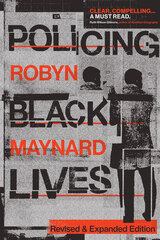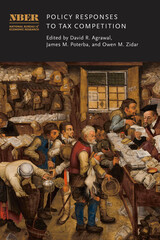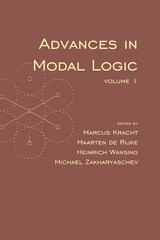
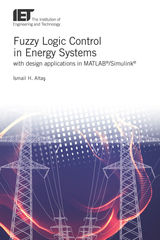


“I love maps. I love math. And gosh, do I love this book, which so beautifully and clearly sounds the depths of both.” —Ben Orlin, author of Math with Bad Drawings
Explore the surprising connections between math and maps—and the myriad ways they’ve shaped our world and us.
Why are coastlines and borders so difficult to measure? How does a UPS driver deliver hundreds of packages in a single day? And where do elusive serial killers hide? The answers lie in the crucial connection between maps and math.
In Mapmatics, mathematician Paulina Rowińska leads us on a riveting journey around the globe to discover how maps and math are deeply entwined, and always have been. From a sixteenth-century map, an indispensable navigation tool that exaggerates the size of northern countries, to public transport maps that both guide and confound passengers, to congressional maps that can empower or silence whole communities, she reveals how maps and math have shaped not only our sense of space but our worldview. In her hands, we learn how to read maps like a mathematician—to extract richer information and, just as importantly, to question our conclusions by asking what we don’t see.
Written with authority and compassion, wit and unforgettable storytelling, this is math exposition at its best. By unpacking the math behind the maps we depend on, Mapmatics illuminates how our world works and, ultimately, how we can better look after it.

An “original” (Nature) and “expansive journey through time and place” (Guardian) that uncovers the surprising connections between math and maps—and the myriad ways they’ve shaped our world and us.
Why are coastlines and borders so difficult to measure? How does a UPS driver deliver hundreds of packages in a single day? Where do elusive serial killers hide? The answers lie in the crucial connection between maps and math.
In Mapmatics, mathematician Paulina Rowińska leads us on a riveting journey around the globe to discover how maps and math are deeply entwined and always have been. From a sixteenth-century navigation tool that exaggerates the size of northern countries to public-transport maps that both guide and confound passengers, Rowińska reveals how maps and math have shaped not only our sense of space but also our worldview. Written with authority and compassion, wit and unforgettable storytelling, Mapmatics unpacks the math behind the maps we depend on, illuminating how our world works and how we can better look after it.
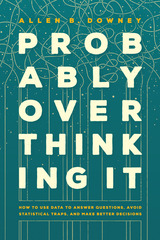
Statistics are everywhere: in news reports, at the doctor’s office, and in every sort of forecast, from the stock market to the weather. Blogger, teacher, and computer scientist Allen B. Downey knows well that people have an innate ability both to understand statistics and to be fooled by them. As he makes clear in this accessible introduction to statistical thinking, the stakes are big. Simple misunderstandings have led to incorrect medical prognoses, underestimated the likelihood of large earthquakes, hindered social justice efforts, and resulted in dubious policy decisions. There are right and wrong ways to look at numbers, and Downey will help you see which are which.
Probably Overthinking It uses real data to delve into real examples with real consequences, drawing on cases from health campaigns, political movements, chess rankings, and more. He lays out common pitfalls—like the base rate fallacy, length-biased sampling, and Simpson’s paradox—and shines a light on what we learn when we interpret data correctly, and what goes wrong when we don’t. Using data visualizations instead of equations, he builds understanding from the basics to help you recognize errors, whether in your own thinking or in media reports. Even if you have never studied statistics—or if you have and forgot everything you learned—this book will offer new insight into the methods and measurements that help us understand the world.
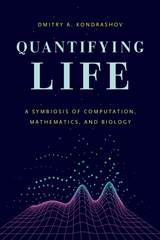
With Quantifying Life, Dmitry A. Kondrashov offers an accessible introduction to the breadth of mathematical modeling used in biology today. Assuming only a foundation in high school mathematics, Quantifying Life takes an innovative computational approach to developing mathematical skills and intuition. Through lessons illustrated with copious examples, mathematical and programming exercises, literature discussion questions, and computational projects of various degrees of difficulty, students build and analyze models based on current research papers and learn to implement them in the R programming language. This interplay of mathematical ideas, systematically developed programming skills, and a broad selection of biological research topics makes Quantifying Life an invaluable guide for seasoned life scientists and the next generation of biologists alike.

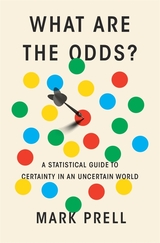
From bar bets to Nobel Prizes, viral outbreaks to lottery wins, how statistics shapes our choices, reveals hidden truths, and guides us toward certainty in uncertain times.
We live in an uncertain world. Morning commutes, natural disasters, global pandemics—our lives are riddled with events whose outcomes we can never know with certainty. In What Are the Odds? Mark Prell reveals how statistical thinking empowers us to navigate this uncertainty with clarity and confidence. Whether weighing the benefits of different medications or deciding if home insurance is worth the steep cost, Prell shows that just as important as asking what the data says is asking how reliable it is. Describing the core concepts and methods of statistical thinking, he teaches us how to extract meaningful information from raw data, and crucially, to recognize data that’s been cherry-picked, fabricated, or is simply wrong. As we ask if survey responses are truthful, estimate the number of deaths from the Covid pandemic, and plan for retirement, we develop a skill set to test and update our assumptions, to make more accurate forecasts, and above all, to assess the certainty of our conclusions.
Through unforgettable stories of statistical ingenuity, Prell demonstrates that the underlying math can be intuitive and even fun. And as he turns us all into statisticians, he reminds us that statistics is about more than manipulating data—it’s about joining a community of statisticians committed to truth and integrity.
READERS
Browse our collection.
PUBLISHERS
See BiblioVault's publisher services.
STUDENT SERVICES
Files for college accessibility offices.
UChicago Accessibility Resources
home | accessibility | search | about | contact us
BiblioVault ® 2001 - 2025
The University of Chicago Press





